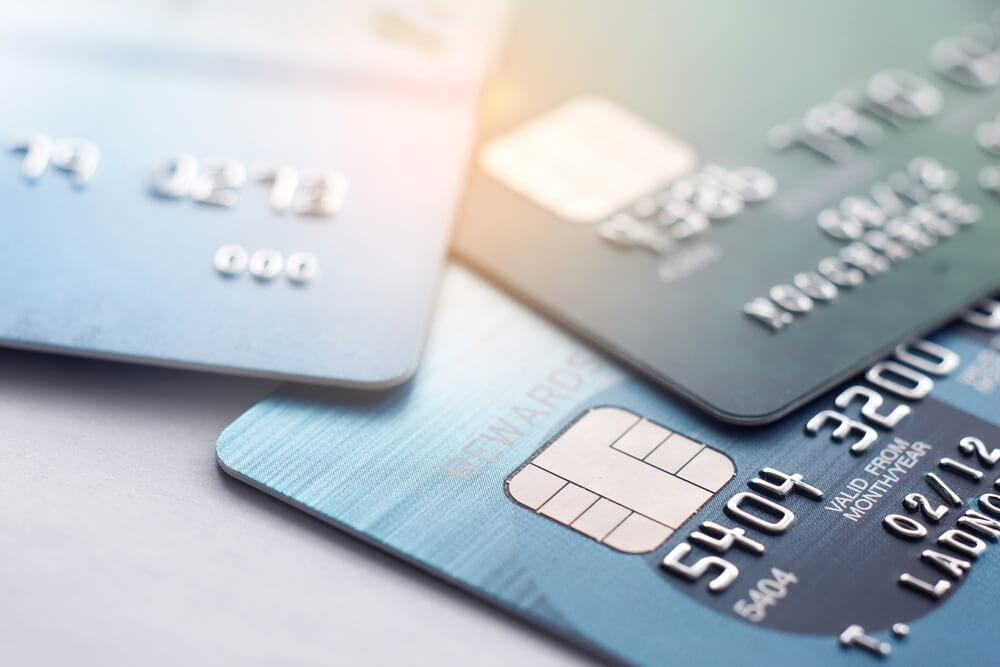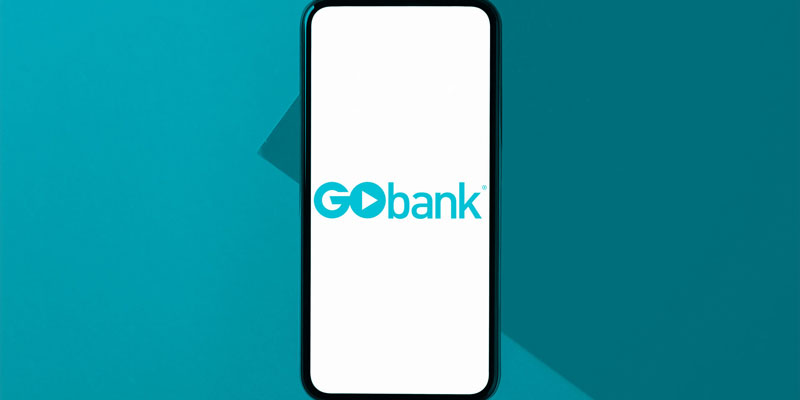An arrangement known as revolving credit enables an account holder to continually borrow money up to a certain monetary limit, all while returning a percentage of the overall amount that is due in the form of recurring installments. The amount of money accessible to the account user is increased with each payment after deducting the accrued interest and other expenses. Revolving credit is the basis for both credit cards and lines of credit as a method of lending money.
When a borrower is granted permission to utilize revolving credit, the bank or other financial institution sets the borrower's credit limit at a predetermined amount that may be used in whole or in part. The most money that a bank or other financial institution is ready to lend to a client who is looking for cash is known as the credit limit of that account.
Revolving Line of Credit Work
In most cases, applications for revolving credit are granted with no set deadline attached. As long as the account is in satisfactory standing, the bank will allow the arrangement to continue in its current form. Borrowers are responsible for paying interest on the outstanding debt each month. Compared to regular installment loans, revolving credit often carries a higher interest rate because it is more convenient and flexible than traditional installment loans. Interest rates on revolving loans might be variable and can be changed by the lender at any time. Costs associated with revolving credit might vary greatly:
Before establishing a borrower's credit limit, lenders look at several elements related to the borrower's capacity to make payments on the loan. When considering a person, consideration should be given to their credit score, present income, and job history. The balance sheet, income statement, and cash flow statement are the three financial statements that the bank looks at when evaluating an organization or corporation.
Example of Revolving Credit
Credit cards, home equity lines of credit (HELOCs), lines of credit extended to businesses, and lines of credit extended to individuals are all instances of revolving credit. The most common kind of revolving credit is seen in the form of credit cards. On the other hand, a consumer or commercial credit card and a revolving line of credit are very different in several respects.
To begin, utilizing a line of credit does not need a physical card in the same way that using a credit card does; rather, lines of credit are commonly accessed via the use of checks provided by the lender. Second, the consumer is not required to purchase to have a line of credit opened in their name. It makes it possible for money to be put into a client's bank account for any reason without mandating that the consumer first complete a transaction using that money. This is similar to a cash advance on a credit card, except that it often does not come with the hefty costs and higher interest rates that a cash advance may cause.
Different Varieties of Revolving Credit
There are two types of revolving credit: secured and unsecured. Both of these things are quite different from one another. A house is used as collateral for a home equity line of credit (HELOC), another name for a secured line of credit. Revolving credit not backed by collateral or an asset, such as a credit card, is called unsecured revolving credit.
Advantages and Disadvantages of Revolving Credit
The most significant benefit of revolving credit is that it gives borrowers the freedom to access their money whenever they find it necessary. Many firms, big and small, rely on lines of credit with a revolving balance to maintain consistent access to cash during seasonal shifts in their expenses and revenues. If it is not handled responsibly, revolving credit may be hazardous to borrowing money. Your percentage of available credit is a key factor (30%) in determining your credit score. Your credit score might take a hit if you have a high percentage of your available credit. The majority of authorities on credit advise maintaining this rate at or below 30 percent.

Revolving Credit vs. Installment Loan
A difference between revolving credit and an installment loan is that the latter calls for a certain number of interest-inclusive installments to be made over a predetermined amount of time. The only payment required for revolving credit is a minimum payment and any fees and interest charges. The current amount determines the minimum payment. The use of revolving credit may be a reliable predictor of credit risk and has the potential to have a significant influence on the credit score of a person. On the other side, given that all payments for an installment loan are done on time, this kind of loan may be seen more positively on an individual's credit record.



